I'm trying to take a few png images add them an enumerated grid and save them each image by itself as a single tiff file
the output I get is, first image with grid and numbers as required,
the first image is shorter then the others if that matters
other images are only numbered but without a grid
this is my code
from PIL import Image, ImageDraw, ImageOps, ImageFont
import os
import glob
path = r'D:\in'
out = r"d:\1.tif"
font = ImageFont.truetype(r"D:\python1\New folder\keyer_layout\films.EPISODE1.ttf",32)
def add_grid(path):
im = Image.open(path)
im = ImageOps.expand(im, border=50, fill = 'rgb(255,255,255)') #add margin to the image
draw = ImageDraw.Draw(im)
y_start = 0
y_end = im.height
step_size = int(im.width / 10)
li = 0
for x in range(0, im.width, step_size):
line = ((x, y_start), (x, y_end))
draw.line(line, fill=200)
draw.text((x, y_start),str(li),'rgb(0,0,0)',font=font)
li+=1
x_start = 0
x_end = im.width
li = 0
for y in range(0, im.height, step_size):
line = ((x_start, y), (x_end, y))
draw.line(line, fill=128)
draw.text((x_start, y),str(li),'rgb(0,0,0)',font=font)
li+=1
del draw
return im
pics_path = os.path.join(path,"*.png")
pics = glob.glob(pics_path)
pics_arr = []
for i in pics:
pics_arr.append(add_grid(i))
pics_arr[0].save(r"d:\test.tif", append_images = pics_arr[1:],save_all = True)
I tried to add im.show() inside the function the images looked the same first one with grid others without
when I tried to skip the first image, non of the images had a grid on it
Thanks


